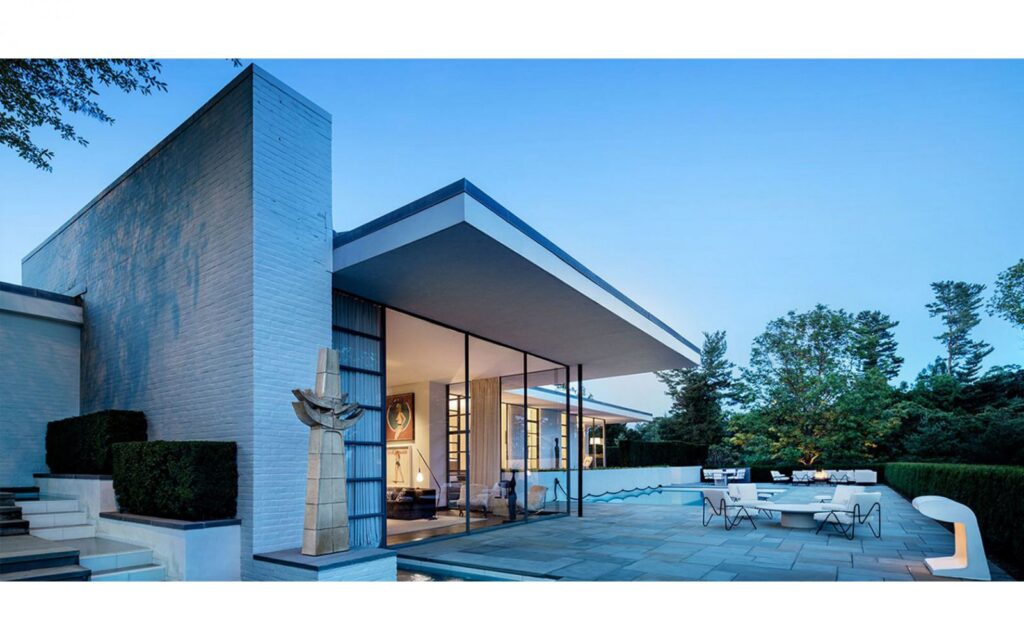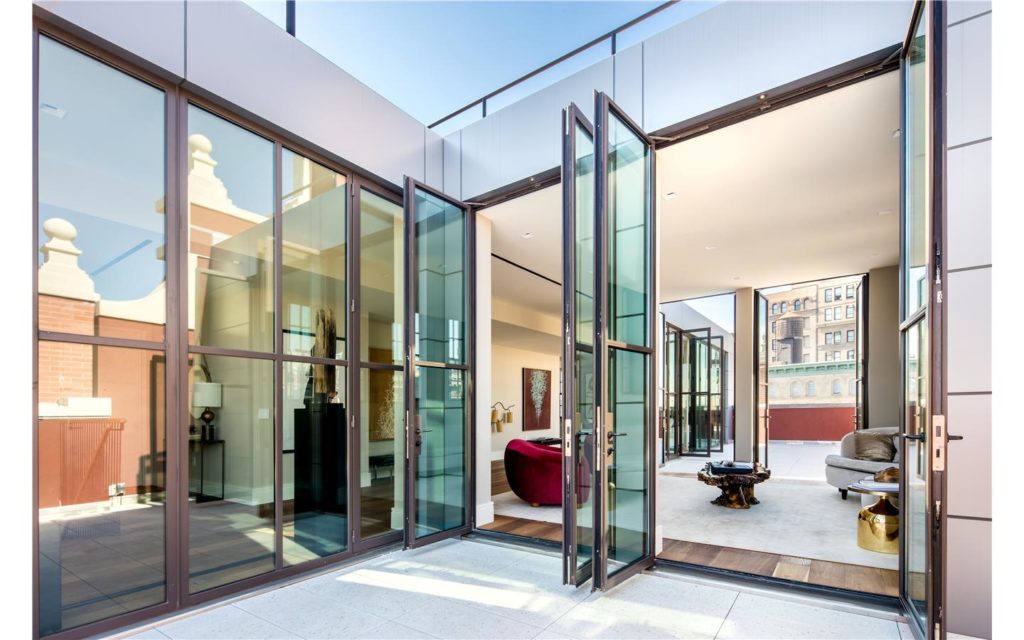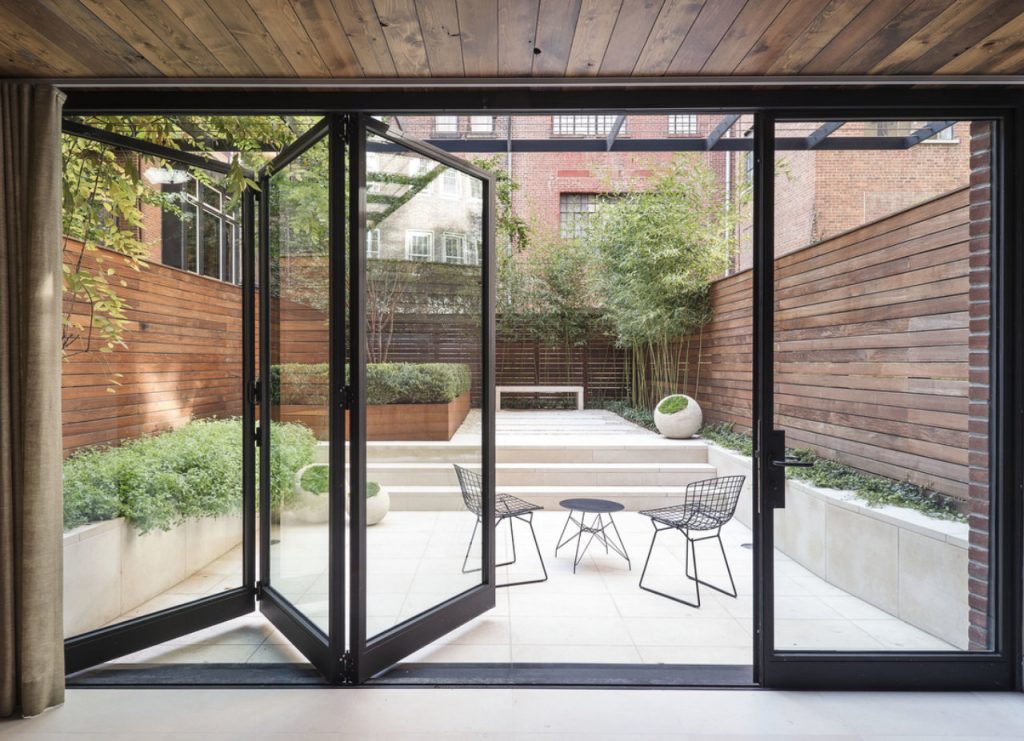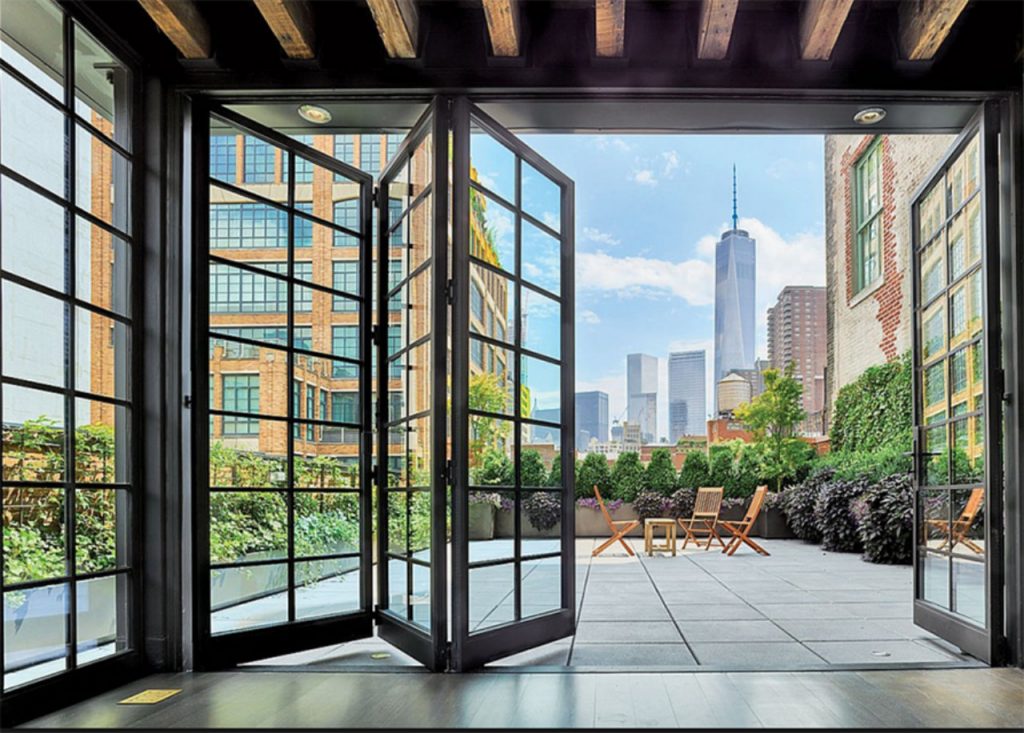Have you ever walked into a space that felt like a breath of fresh air, where the boundaries between indoor and outdoor living seemed to vanish?
This seamless connection is not by chance but by design, through the thoughtful integration of custom fenestration. As architects and builders strive to create spaces that not only serve functional needs but also enhance the quality of life, the role of windows and doors becomes pivotal.
This article dives deep into the world of custom fenestration and its impact on outdoor living spaces, offering a comprehensive guide for architects interested in designing environments that embody aesthetic elegance, functionality, and a seamless blend between the interior and the outdoor.

The Role of Fenestration in Modern Architecture
Fenestration: The Bridge Between Worlds
Fenestration, at its core, is about more than just windows and doors; it’s the architectural embodiment of light, air, and visual connectivity between the indoor and outdoor spaces.
Imagine fenestration as the delicate brushstrokes in a painting that bring the canvas to life; it defines the character and soul of a building, dictating not just how a structure looks but how it feels, breathes, and interacts with its environment.
Enhancing Aesthetic and Functional Goals
In modern architecture, fenestration serves as a critical element in achieving a delicate balance between aesthetic elegance and functionality. From floor-to-ceiling glass panels that offer panoramic views of nature to minimalist window profiles that enhance modernity and light, the choices are as expansive as they are customizable.
These design choices are not just about creating beautiful windows; they’re about crafting experiences, framing views like living paintings, and ensuring spaces are awash with natural light and fresh air, all while maintaining thermal comfort and energy efficiency.

Understanding Client Needs for Outdoor Living Spaces
The Evolution of Outdoor Living
The concept of outdoor living has evolved from a simple backyard with a grill and patio furniture to sophisticated, fully-equipped outdoor living spaces that mirror the comfort, aesthetics, and functionality of the indoor environment. Today’s homeowners seek to incorporate elements such as outdoor kitchens, fireplaces, and even entertainment spaces that blend seamlessly with the natural landscape.
Key Client Expectations
- Natural Light and Visual Continuity: Clients expect fenestration designs that maximize natural light and offer unobstructed views of the outdoors.
- Seamless Transition: The flow between indoor and outdoor spaces should be seamless, enhancing the sense of space and connectivity.
- Aesthetic Harmony: The aesthetic of fenestration elements must align with the overall design theme, adding to the elegance and sophistication of the space.
- Comfort and Usability: Beyond aesthetics, functionality in terms of ventilation, thermal performance, and ease of use is paramount.
Incorporating Lifestyle into Design
Understanding and integrating the client’s lifestyle into the fenestration design is crucial. Whether it’s a serene retreat for a nature lover or a vibrant entertainment space for a social butterfly, the design must tailor to these unique needs, ensuring that the outdoor living space becomes a natural extension of the client’s personality and lifestyle.
Design Considerations for Custom Windows and Doors
Selecting the Right Materials
When it comes to materials, steel stands out for its durability, versatility, and aesthetic appeal. It offers unparalleled elegance with the strength to support large, expansive openings that are essential for creating that seamless indoor-outdoor transition. Steel’s minimalist profile also allows for more glass and less frame, maximizing views and natural light while maintaining a sleek, modern look.
Design Elements to Optimize Connection
- Size and Shape: Custom sizes and shapes can be designed to fit unique space requirements, enhancing the indoor-outdoor flow.
- Operation Types: From sliding to tilt-and-turn, the functionality of doors and windows can significantly affect the usability and feel of a space.
- Energy Efficiency: Choosing the right glazing and incorporating thermal breaks can ensure fenestration products meet energy performance standards, keeping spaces comfortable year-round.
Security and Durability
Integrating security features without compromising on design or aesthetic is a critical consideration. Advanced locking mechanisms, durable materials, and design ingenuity allow for fenestration products that provide peace of mind alongside beauty and functionality.

Technological Innovations in Fenestration
Smart Glass and Automation
The advent of smart glass technologies, which allow for privacy, lighting control, and thermal regulation at the touch of a button, has revolutionized fenestration design. Automation in windows and doors enhances functionality, offering unparalleled convenience and accessibility.
The Role of 3D Modeling and Simulation
In the design phase, 3D modeling and simulation tools enable architects to visualize fenestration designs in the context of the overall architectural plan. This not only helps in making informed design choices but also in anticipating potential challenges and optimizing fenestration for performance and aesthetics.
Collaboration Between Architects and Manufacturers
Early Engagement for Innovation
Collaborating with fenestration experts early in the design process can unlock innovative solutions that meet both aesthetic and functional requirements. This partnership ensures that custom fenestration designs are not only feasible but also optimized for manufacturing and installation.
Designing for Seamless Indoor-Outdoor Transitions
Principles of Harmonious Design
Creating a seamless connection between indoor and outdoor spaces involves more than just large openings; it’s about ensuring a harmonious flow that respects the aesthetic, functional, and environmental context of the building. This includes considering the orientation, landscape, and overall design palette to create a cohesive and inviting living space.
Architectural Elements that Enhance Connection
Innovative fenestration options like pivot doors, corner windows, and expansive sliding systems can dramatically improve the connectivity between inside and outside, making the transition almost imperceptible. These elements not only enhance the visual and physical connectivity but also add to the elegance and sophistication of the space.

Conclusion
In the realm of architectural design, custom fenestration is a key element that bridges the indoor with the outdoor, transforming living spaces into expansive, light-filled sanctuaries that embrace the beauty of the natural world. For architects, embracing the potential of fenestration in enhancing outdoor living spaces is not just about meeting a trend; it’s about crafting environments that resonate with beauty, functionality, and sustainability.
We encourage architects to explore the limitless possibilities of custom fenestration, to engage with fenestration experts and manufacturers early in the design process, and to innovate with materials, technologies, and designs that elevate the human experience. Together, we can create spaces that are not just buildings but experiences that enrich lives, blend boundaries, and foster a deeper connection with the natural environment.



